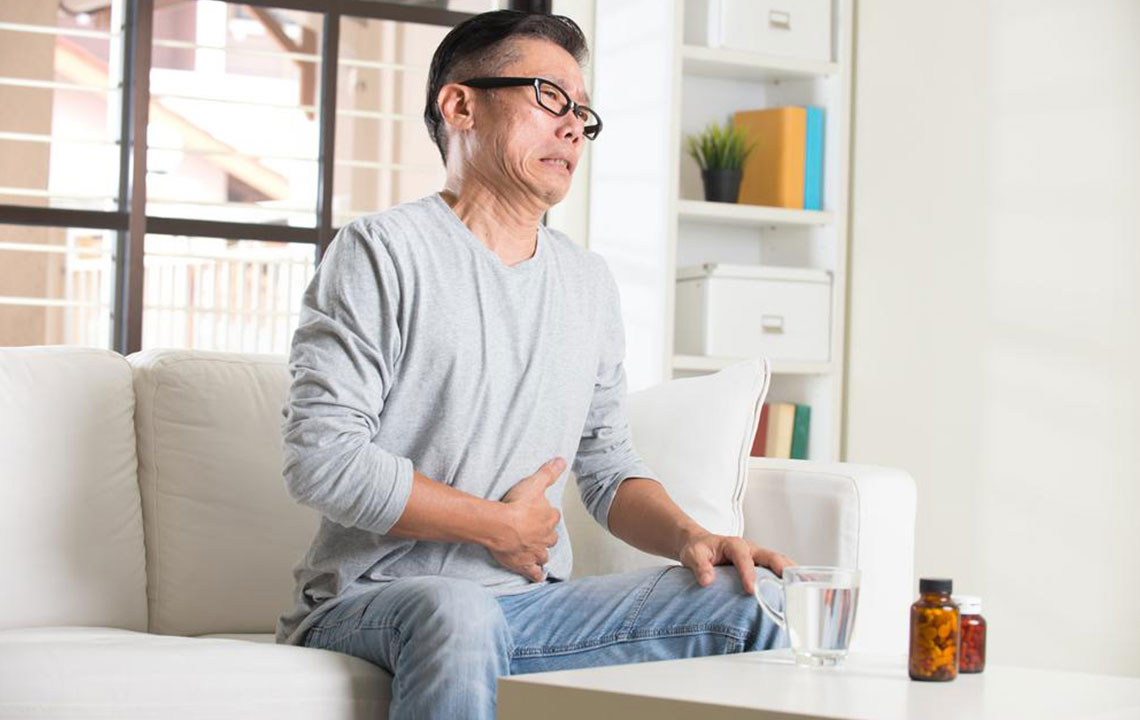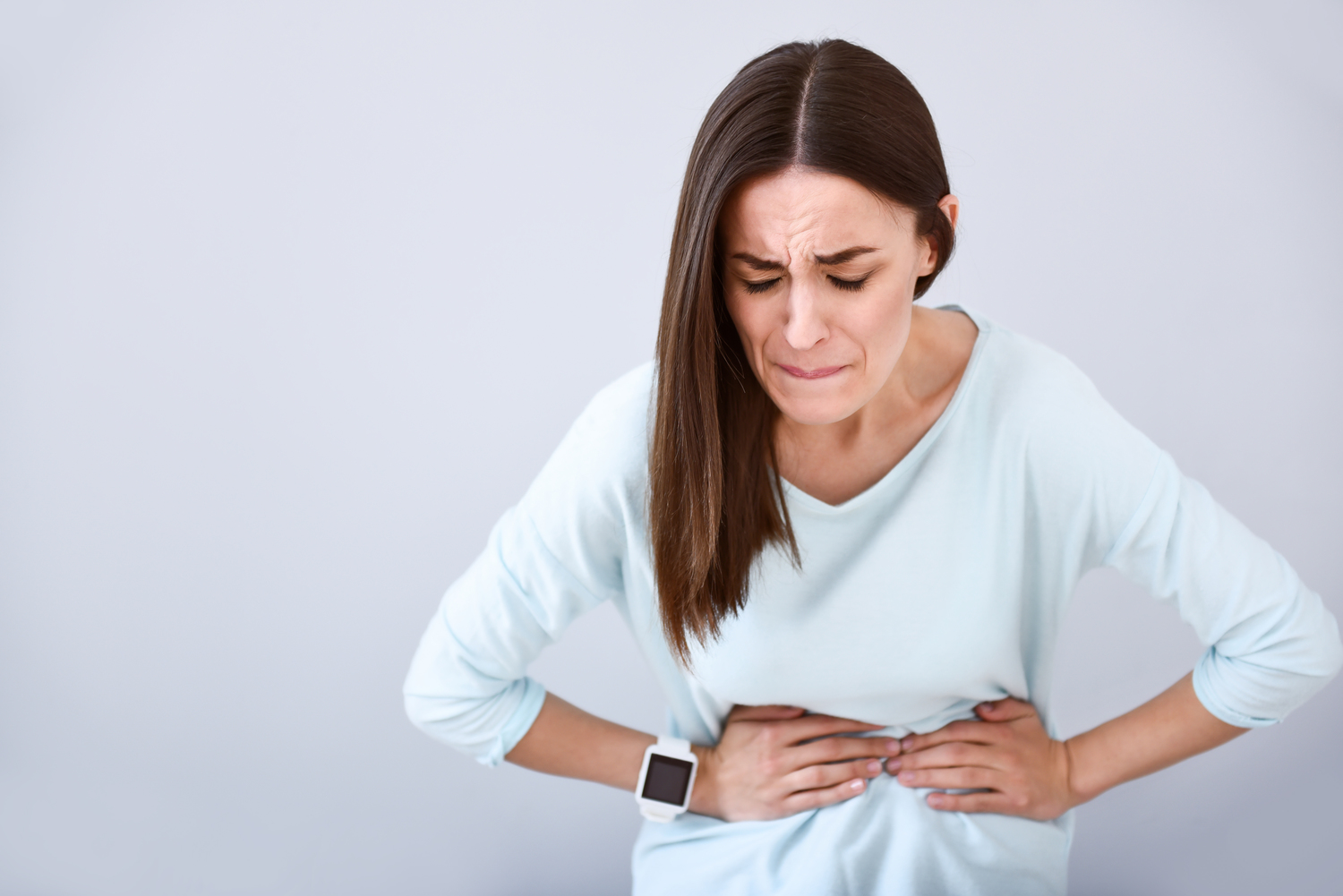A Few Common Symptoms and Causes of Overactive Bladder
Overactive bladder (OAB) is best explained as frequent and sudden urges to urinate. Overactive bladder is usually a result of involuntary muscle contractions in the bladder, irrespective of whether the bladder is full or not. Overactive bladder causes are difficult to identify, and therefore, a physical examination is important to be able to identify the underlying cause of contractions in bladder muscles.
Types of overactive bladder
The following are the two cases or types of overactive bladder
- Dry: In this case, the person feels a sudden, urgent need to urinate several times during the day.

Overactive Bladder Causes
Overactive bladder causes can be traced down to harsh physical conditions and poor lifestyle choices and habits. Often OAB can happen due to several factors wherein it’s difficult to point to any single cause. Overactive bladder is often a result of spasms in the main muscle of urinary bladder wall, also known as detrusor muscle. When the bladder is half full, the brain senses it and sends out nerve signals. This causes the sphincter muscles and pelvic floor to relax. The main muscle of the urinary wall then contracts and urine is passed.
People with overactive bladder experience irregular detrusor muscle contractions, giving rise to the sudden urge to urinate. Urine leakage can also occur depending on the reaction produced by urinary sphincter muscles. Nerve damage and neurocognitive disorders are seen to have an impact on the nerve signaling. Nervous system conditions have a significant impact on the bladder functioning.
Common overactive bladder causes
Some of the common causes of overactive bladder include:
- Nerve damage
- Catheter use
- Pelvic organ prolapse
- Stretched or weak pelvic muscles
- Stretched or weak bladder muscles
- Parkinson’s disease
- Multiple sclerosis
- Bladder stones (other bladder abnormalities)
- Low estrogen levels when and after going through menopause
- Enlarged prostate
- Normal delivery
- Alzheimer’s disease
- Hip surgery or hip problems
- Partial bladder emptying
Although anyone of any age group can have an overactive bladder, the likelihood of developing this abnormality increases with age. However, it is not a part of the aging process. If excess weight restricts the bladder, one is likely to develop overactive bladder problems.
Certain activities tend to weaken the urinary muscles and pelvic muscles urinary. These activities often result in OAB. Again, some conditions limit or restrict the use of abdominal and pelvic muscles. Such activities are to be thought of carefully and avoided, when possible. It doesn’t take time for OAB to disrupt everyday life, it is therefore advised to see a doctor when symptoms become worse.
Common risk factors
The following are the common risk factors associated with overactive bladder:
- Age
- Obesity
- Smoking
- Dehydration or over-hydration
- Frequent UTI (urinary tract infections)
- Gestational diabetes
- Pregnancy
- Constipation
- Chronic coughing
- Medications that increase fluid intake leading to increasing urination
Symptoms of overactive bladder
As per series of research conducted, 30 percent of American men and 40 percent of American women experience OAB-related symptoms. People suffering from OAB often feel the urge to urinate in the night, thus disrupting their sleep pattern. Also, nearly 30 million American adults state that the symptoms of OAB are quite bothersome and disrupt their everyday routine. The three most common symptoms of OAB include urinary frequency, urinary urgency, and urge urinary incontinence (UUI).
- Urine frequency: It is the need to urinate excessively throughout the day as well as in the night. The need to urinate quite frequently (more than eight times in a day) and without excessive fluid intake is a sure sign of OAB.
- Urinary urgency: Urinary urgency can be best explained as an uncontrollable and sudden desire to urinate without having had excessive liquid or fluids. In some cases, as it has been seen, urinary urgency often make it difficult for the person to reach a bathroom in time.
Almost 50 percent of the population suffering from OAB also experience urine leakage including constant urge to piss at night and bed-wetting. The fear of leakage and bedwetting often give rise to social anxiety in people with OAB. In such cases, people often alter their life routine, suffer from low self-esteem, and avoid social situations.
Prevention
The first line of treatment involves lifestyle changes. There are medications also available along with invasive surgery options. Factors like obesity, unhealthy diet, and smoking increase the chances of developing OAB.
OAB prevention and management
- Stay hydrated
- Shed those extra pounds
- Treat chronic constipation
- Perform pelvic floor muscle exercises, such as Kegels
- Get urinary and bladder infections treated with medications
- Quit smoking
- Exercise regularly
- Restrict caffeine intake and salty food as it increases trips to the bathroom
- Avoid spicy and acidic foods as these tend to irritate the bladder lining.




